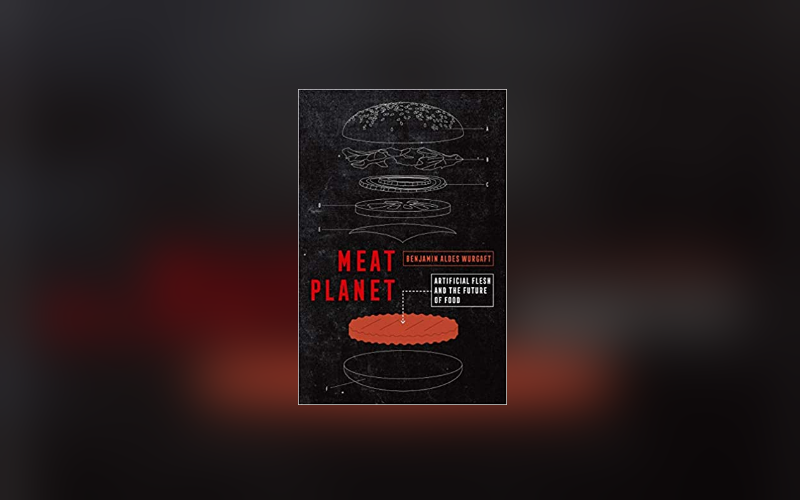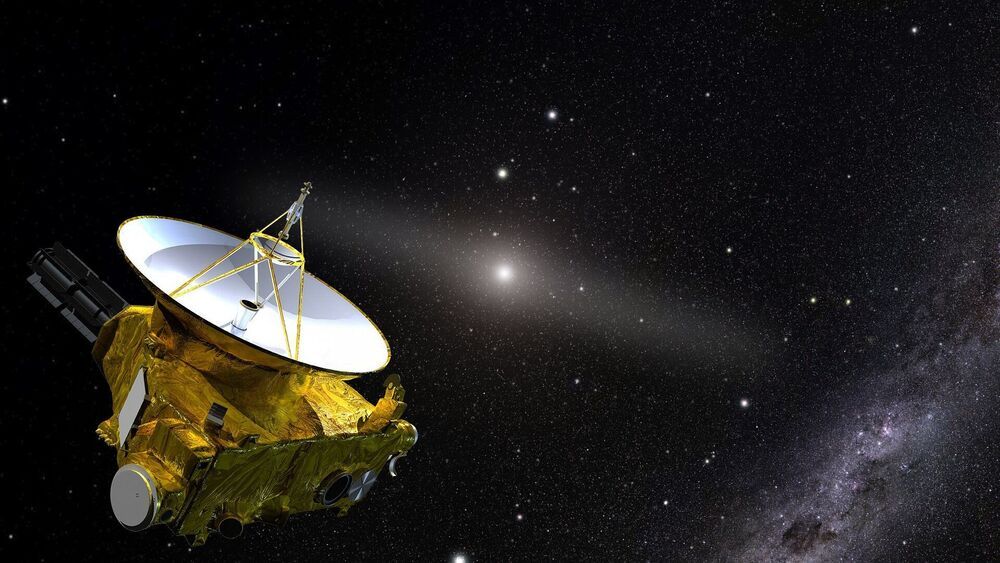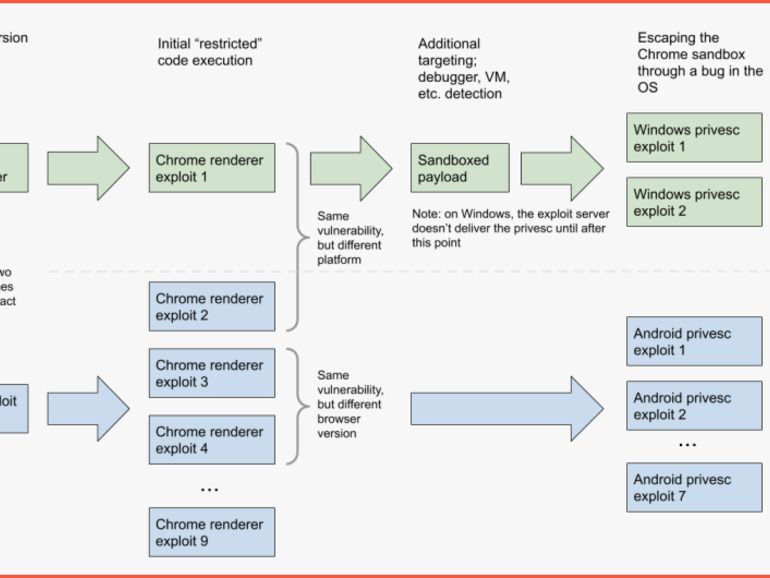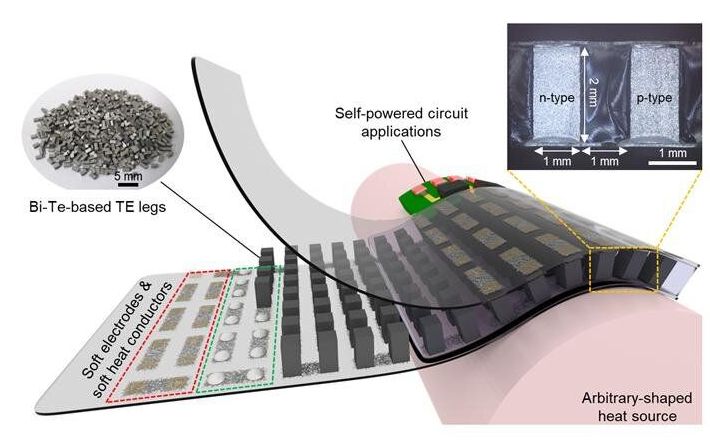Summary: Scientists have long marveled at the rejuvenating effects of heterochronic parabiosis. When you mix the blood of a young mouse and an old mouse by joining their circulatory systems, the older animal recovers some features of youth, while the young animal becomes functionally older. While many have assumed that these effects were driven by the infusion of pro-youth factors from the young parabiont into the older one, an alternative “Dilution Solution” hypothesis is possible: that the young blood is instead diluting pro-aging factors from the old animal’s blood, as well as allowing the young animal’s livers and kidneys to filter out metabolic toxins through the young animals’ livers and kidneys.
In heterochronic parabiosis, joining the circulatory systems of young and old mice causes the older animal to recover some features of youth. The effect has been widely assumed to be driven by pro-youth factors in younger blood, but an alternative hypothesis is possible: that the procedure is instead diluting pro-aging factors in the older partner.







